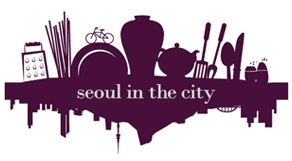The most eye opening experience that I had recently was a 2-day road trip in South Korea's beautiful Jeollanam-do (절라남도) province towards the tail end of my trip this month. What I have learned, tasted, uncovered, and felt was truly an experience that stands alone.
Through this journey, I hope to be more truthful in my work and in what I share moving forward. This was the first time visiting Korea's salt farms, and what I have discovered was both beautiful and sad. What I'm about to share may come to a shock to most of you. Perhaps this story will encourage you to rethink about the salt we intake, especially if you reside in Korea. If it doesn't, I have no other comments. This story really, really hit home for me.
So it begins here…
Kim Mak-dong (김막동) has been farming salt for over 40 years in Hae-nam, Jeollanam-do province (해남 절라남도). What encouraged him to start clay farming was a visit from a Buddhist monk early on during his career, which recognized that his salt farm is located in very special grounds near the South Sea (which is bounded by the southwestern part of the Sea of Japan, and by the southeastern part of the Yellow Sea). Just to give you a brief description of how sea salt is formed: the sun evaporates the dilute seawater brine. In general, there are 3 main methods used to produce salt: solar, evaporation, & rock mining. For the evaporation process, it takes 7-10 consecutive sunny days to produce sea salt.
Most of the sea salt farms in Korea use black PVC tarps for the evaporation process. Why? Well, this material expedites the evaporation due to the color and material, in which this process is considered a modern way of farming salt. You can see this method used in many salt farms around the world. Today, there is literally just one clay salt farm left in all of South Korea (to my knowledge) that produces natural sea salt-Kim Mak-dong's clay salt farm 'Topanyum (토판염).'
Read More
